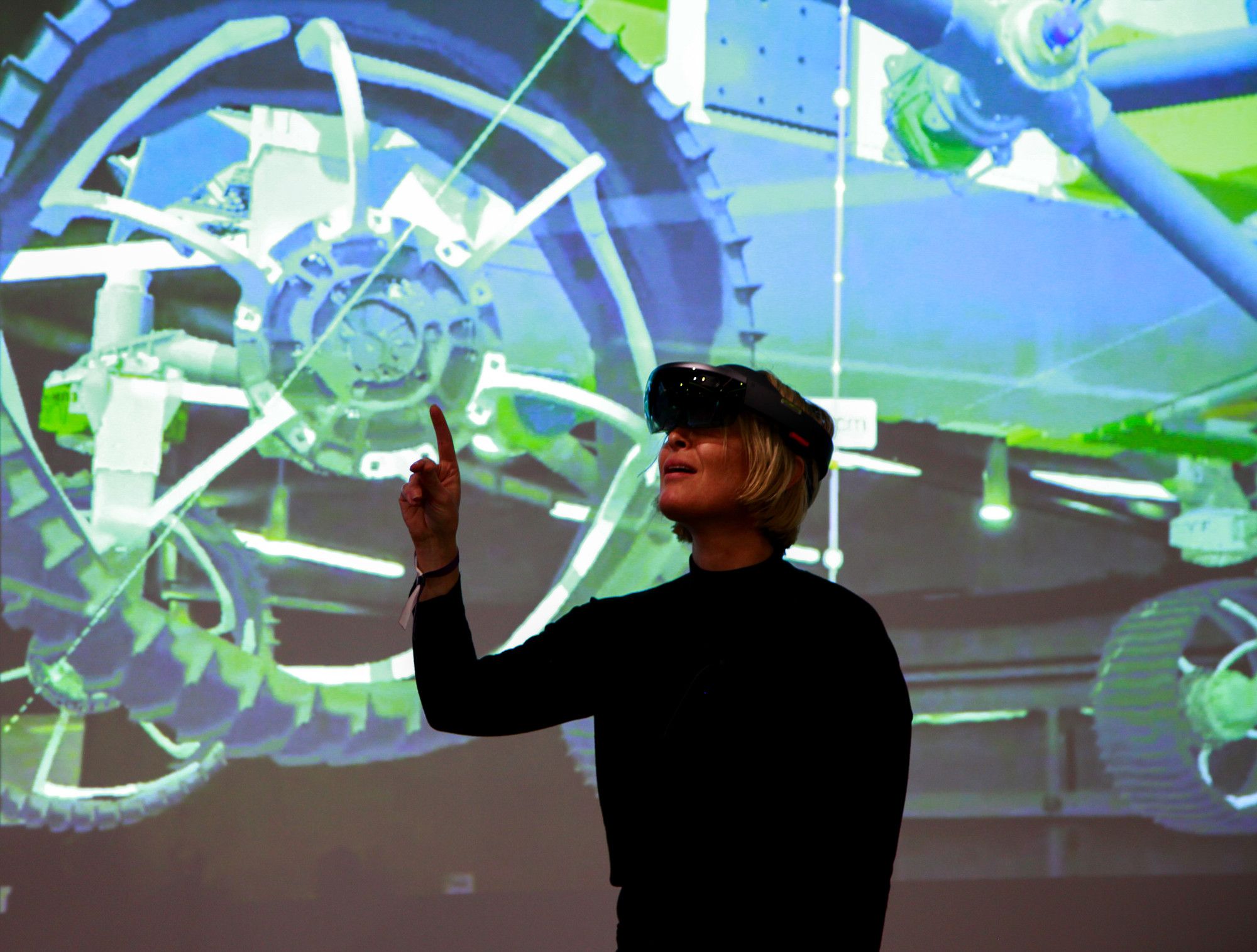What I don’t understand is why haven’t we seen and experienced much media news, radio, etc. enhanced and even in some cases new desk people, etc. replaced by AI technology especially with how we can emulate a person in AI tech not to mention AR/ VR technology. Could we see a Bill O’Riely, or Megan Kelly, or MSNBC, etc. replaced by AI in the coming 3 to 5 years? Most definitely radio should consider.
If you’re reading about the US election, some of that news is likely to come to you from a “bot.”
Automated systems known as “bots” or “robo-journalism” have been around for years, but they are playing a bigger role in coverage this year amid technology advances and stretched media resources.
The New York Times, Washington Post, CNN, NBC, Yahoo News and the non-profit Pro Publica are among news organizations using automated technology or messaging bots for coverage in the runup to Tuesday’s vote or on election night.
Read more








